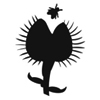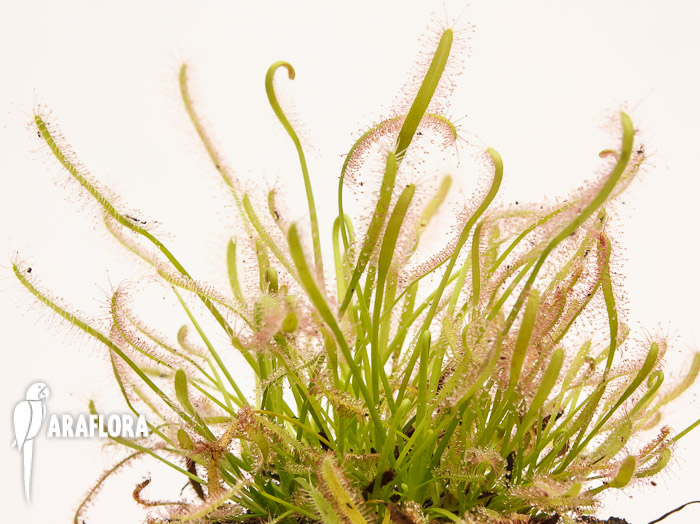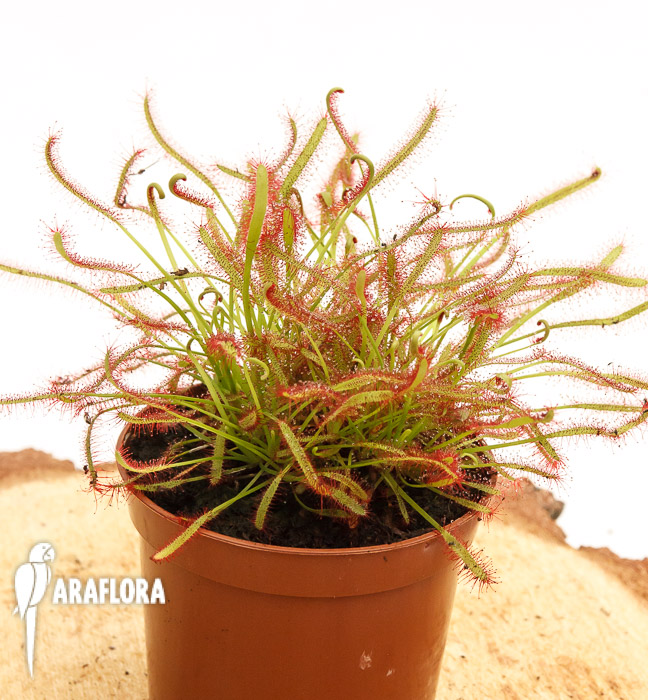Drosera 'South-Africa Mix 2x' - CarniDr109b
Drosera 'South-Africa Mix 2x' - CarniDr109b
Sundew package (Drosera 'South-Africa Mix 2x') is a real must for all carnivorous plant enthusiastics. A nice sundew plant package with two different carnivorous sundews from South-Africa. These Drosera plants can be grown indoor and all the plants have a name tag so you can find all additional information about these plants at Araflora.
This product is currently still in stock
Share this plant? Press on one of the following icons.
Sundew 'Drosera South-Africa' 'Mix 2x' is a Drosera package consists of the following two Sundews Drosera capensis and Drosera aliciae. Drosera capensis (Cape Sundew) is native to the wetlands of South Africa and is known for its elongated, spoon-shaped leaves covered in sticky tentacles that trap insects. This plant can grow up to 30 cm tall and produces small white to pink flowers. Drosera aliciae (Aliciae Sundew) has a compact rosette of fleshy leaves with glandular tentacles that often display a reddish tint in bright sunlight. This plant grows to about 15 cm in diameter and also produces delicate white flowers. Both species thrive in bright, indirect light and high humidity, making them excellent choices for indoor cultivation.For additional information about Drosera capansis and Drosera aliciae, please check the Araflora product info below. The symbols will provide you with further details about these carnivorous Drosera plants.




Sundew 'Drosera South-Africa' 'Mix 2x' is a mix of two sundew capenisis (Drosera capansis) and Sundew aliciae (Drosera aliciae) thrive in bright, indirect light and can tolerate some direct sunlight. Use distilled or rainwater for these African sundew to keep the soil consistently moist, avoiding tap water to prevent mineral buildup. High humidity levels of 50% to 80% are essential; consider using a humidity tray or terrarium for indoor growth. A well-draining soil mix, such as peats moss combined with perlite or peat, is ideal for these sundew.
Like many sundews (Drosera) prefer temperatures between 21°C and 29°C (70°F to 85°F) during the day. These carnivorous plants catch small insects for nutrition, but if grown indoors, occasional feeding or a diluted fertilizer can supplement their diet. With proper care, both species will flourish and showcase their impressive insect-catching abilities.










 8 cm
8 cm
 7 cm
7 cm












